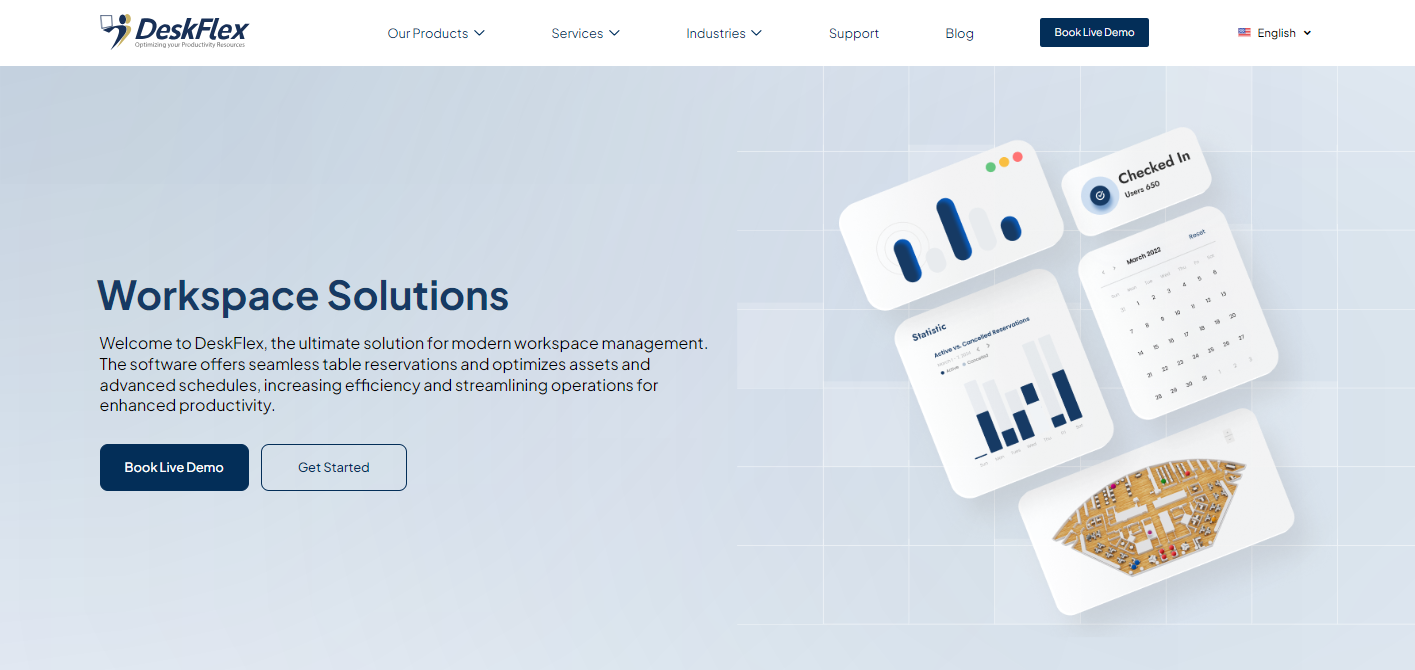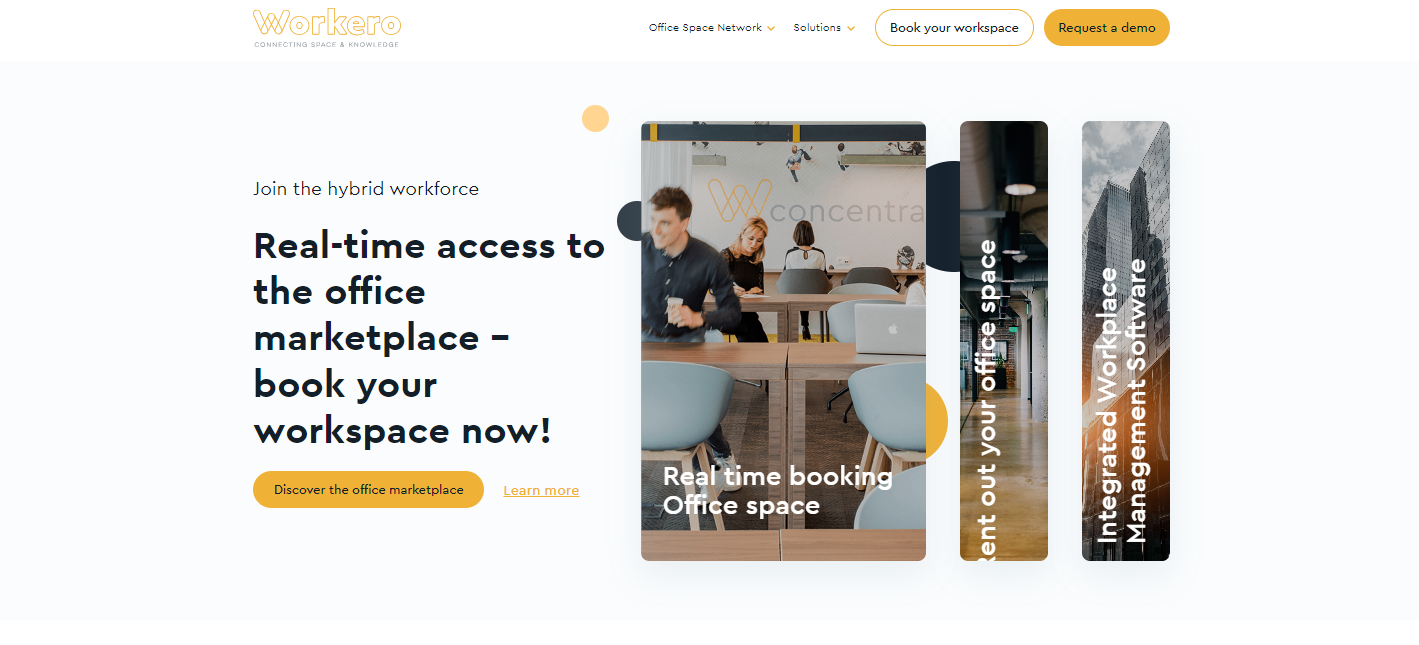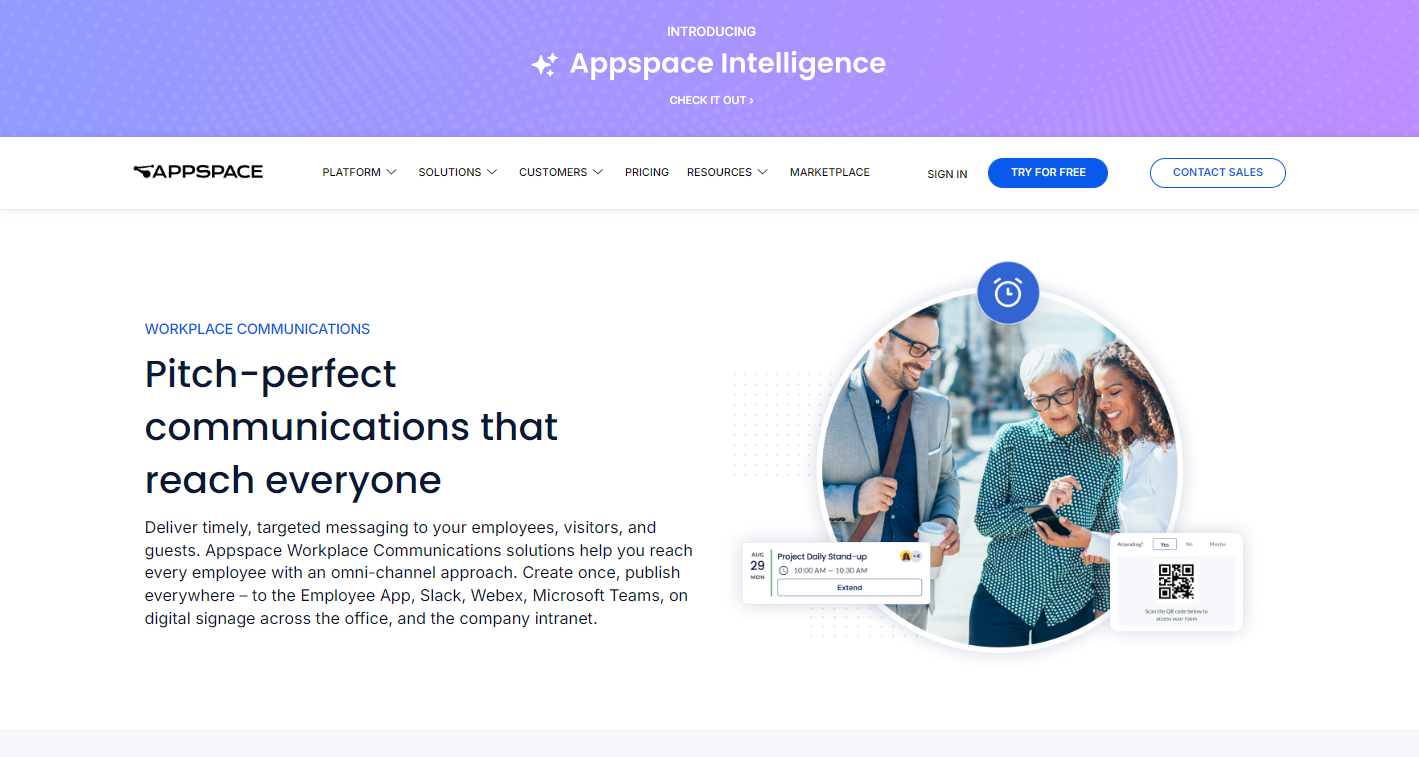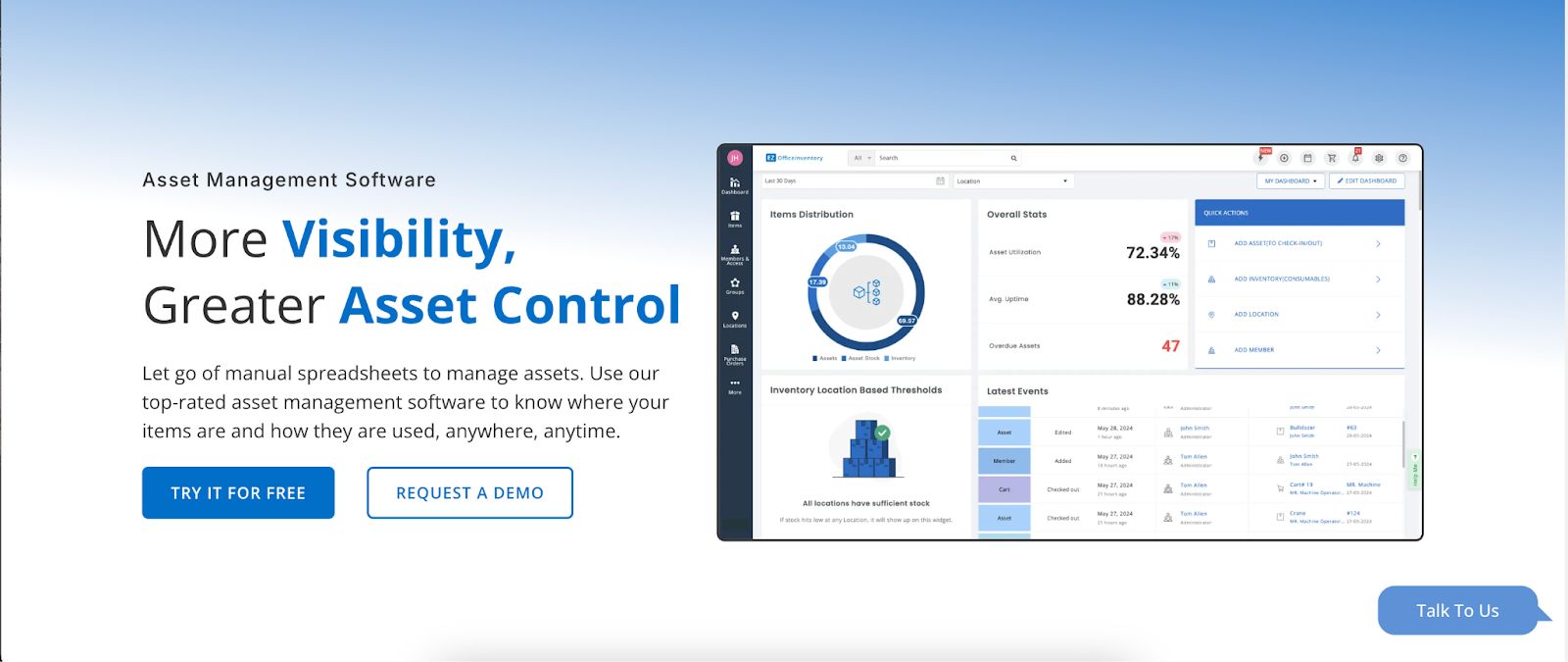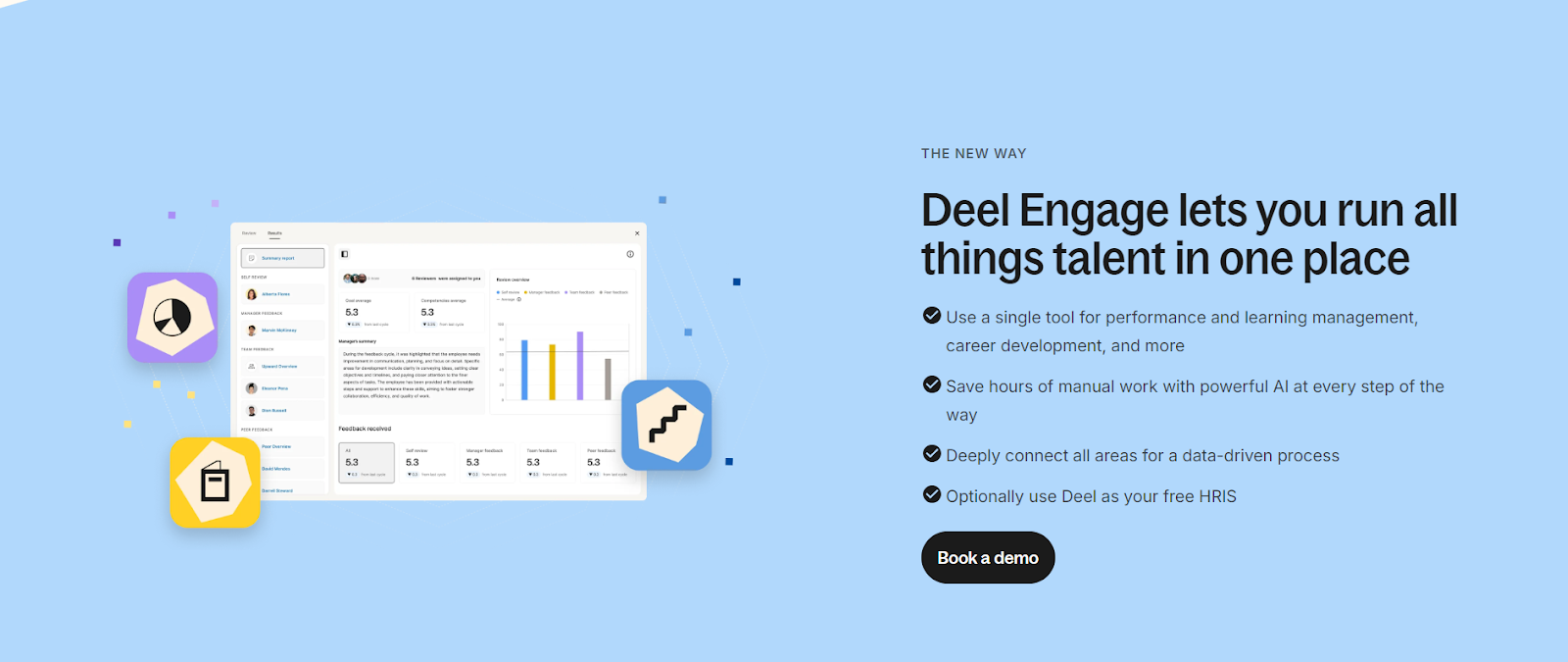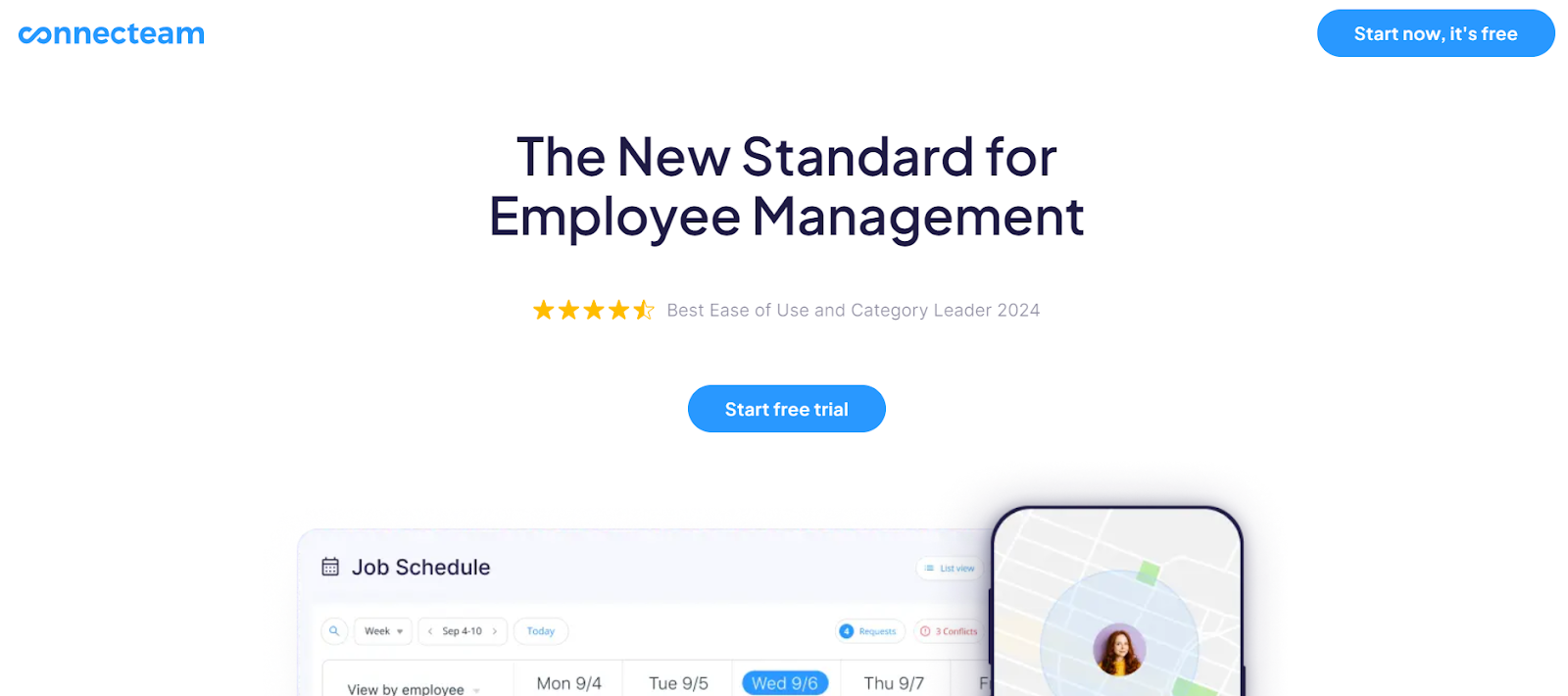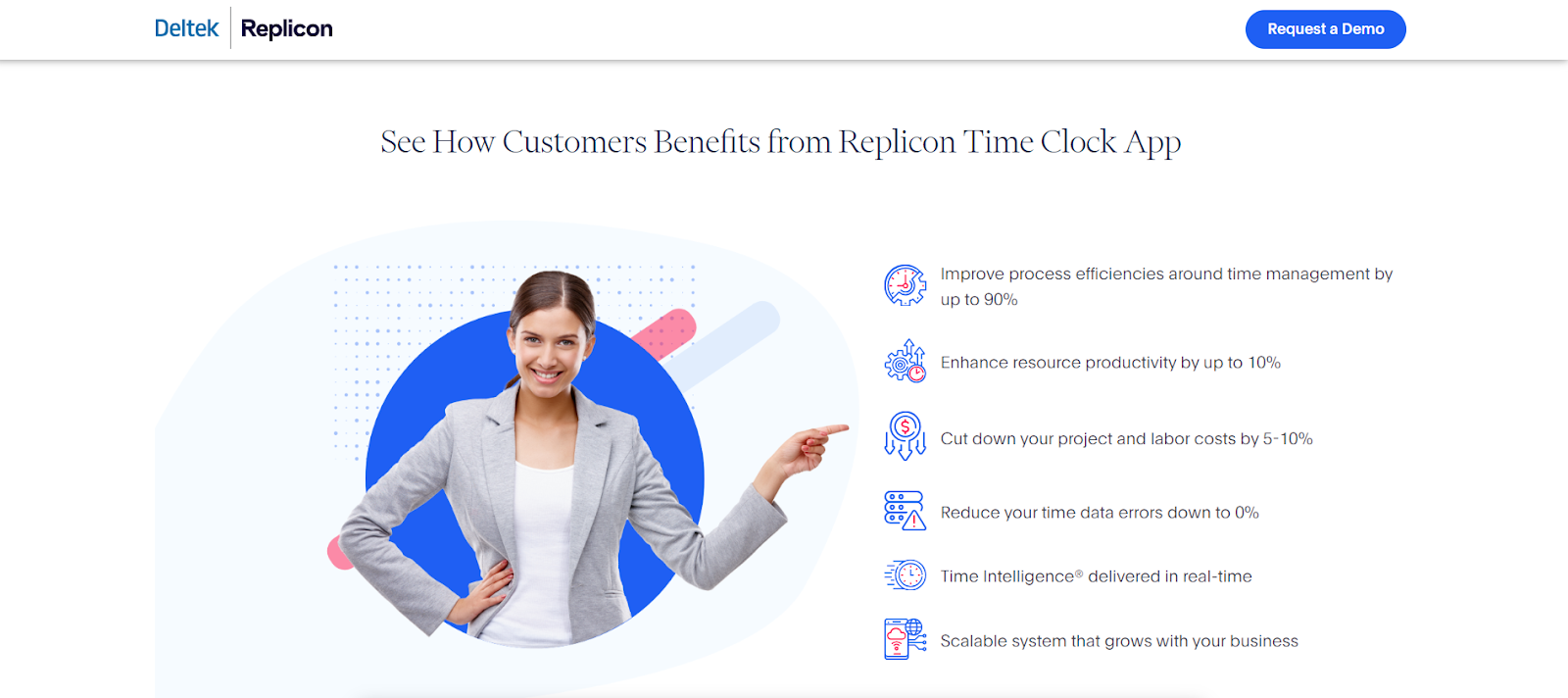
Top 8 Workplace Management Tools in 2025
Workforce management software is essential for businesses aiming to optimize their operations, enhance employee productivity, and reduce administrative workload.
As companies grow, managing tasks like scheduling, payroll processing, and performance tracking can become overwhelming without the right system in place.
Workforce management solutions simplify these processes by providing a centralized platform for managing various HR functions.
From employee scheduling and time tracking to payroll management and talent acquisition, these tools ensure that all operations are handled efficiently.
In this article, we will explore how workforce management platforms help businesses achieve better results while improving employee satisfaction and engagement.
8 Workplace Management Software Options
Here are the best workplace management software solutions for your business:
1. DeskFlex
DeskFlex is a workplace management software that offers solutions for desk booking, meeting room scheduling, space management, and visitor management, making it perfect for companies embracing hybrid work models.
Key features
- Desk and room booking: Employees can easily reserve desks, private rooms, and conference rooms through a web-based interface.
- 3D floor maps: DeskFlex’s 3D floor maps allow employees to view available workspaces visually, helping them make informed booking decisions.
- Integration with tools: DeskFlex integrates with popular tools like Microsoft Outlook, Office 365, and Zapier, ensuring that all appointments and bookings sync seamlessly with employees’ calendars.
- Hybrid work support: DeskFlex facilitates hybrid work models by allowing employees to book workstations based on their in-office or remote schedules.
- Analytics and reporting: Managers can track space usage, meeting room occupancy, and employee booking patterns to make data-driven decisions that improve efficiency.
Sign up for a 30-day free trial or book a demo to learn more about DeskFlex’s features.
2. Workero
Source: workero.com
Workero is a workplace management tool designed to optimize office spaces, especially for businesses using a hybrid or flexible working model.
It enables companies to transform underutilized areas into efficient workspaces and manage desk booking, meeting room reservations, and shared spaces.
Key features
- Efficient space utilization: Workero maximizes the use of office spaces by offering real-time booking systems for desks and meeting rooms.
- Hybrid work support: It caters to hybrid work environments, allowing employees to book spaces when they need them.
- Data insights: Space usage data helps managers make informed decisions about optimizing office layouts.
3. Appspace
Source: appspace.com
Appspace is a flexible platform for managing workplaces that aims to enhance employees’ overall experience working there.
It integrates with existing systems and provides a range of tools for managing office spaces, enhancing communication, and improving employee engagement.
Key features
- Room and desk booking: Employees can easily reserve workspaces through a mobile app or web interface, reducing the hassle of managing office spaces.
- Visitor management: The platform streamlines visitor check-ins and building access, creating a secure and efficient workplace environment.
- Integrated communication tools: Appspace connects employees across different locations through enterprise messaging apps like Microsoft Teams and Webex, enhancing collaboration.
- Wayfinding solutions: With interactive kiosks and digital signage, Appspace helps employees and visitors navigate large office spaces easily.
4. EZOfficeInventory
Source: ezo.io
EZOfficeInventory specializes in asset management, helping businesses keep track of their equipment and resources efficiently.
Key features
- Asset tracking: Monitor your office equipment’s and other assets’ lifecycle to ensure efficient use.
- Inventory management: Track office supplies and manage stock levels to avoid overordering or running out of essential materials.
- Maintenance schedule: Set up alerts for maintenance tasks to ensure assets are serviced and remain operational.
- Reporting tools: Generate detailed reports to monitor asset utilization, ensuring a smooth workflow.
5. Deel
Source: Deel.com
Deel offers workplace management tools that help businesses evaluate and manage their workforce management and employee performance effectively.
With performance management features, Deel ensures clear communication, feedback, and alignment with company goals.
Key features
- Performance tracking: Deel’s system allows businesses to monitor employee productivity, track work hours, and measure progress over time, providing valuable insights into workforce performance.
- Feedback management: Gather and analyze feedback to improve employee engagement and enhance employee satisfaction, enhancing overall job satisfaction and talent development.
- Compensation insights: Analyze workforce data to make informed compensation decisions that align with employee performance and business goals.
- Automated reporting: Generate detailed performance reviews and reports to help HR managers make data-driven talent management and workforce planning decisions.
6. Connecteam
Source: Connecteam.com
Connecteam is a comprehensive project management software solution designed to streamline operations, employee communication, and project tracking for businesses of all sizes.
Key features
- Task management: Assign tasks, set deadlines, and monitor progress to ensure efficient employee schedules and project completion, boosting workforce efficiency.
- Team communication: Connecteam includes tools that keep teams updated in real time, supporting better workforce management solutions.
- Project tracking: View real-time status updates, manage workloads, and ensure workforce operations align with business objectives.
- Mobile app support: Manage projects and collaborate with teams through a mobile app, improving accessibility for remote or field workers and maximizing employee productivity.
7. Replicon
Source: Replicon.com
Replicon specializes in absence management software. It helps businesses efficiently manage employee work hours, time off, and attendance monitoring, ensuring smooth workforce management.
Key features
- Absence tracking: Track employee absences, including vacation days, sick leave, and other types of time off, ensuring accurate attendance tracking and compliance.
- Compliance management: Adhere to labor laws and internal policies regarding employee leaves to reduce the risk of non-compliance.
- Automated leave requests: Employees can request time off, and managers can approve or deny requests directly through the platform, simplifying hr processes.
- Reporting and insights: Generate reports on absence management to analyze patterns and plan staffing needs, supporting better workforce planning and employee scheduling.
8. Paycor
Source: Paycor.com
Paycor is a payroll processing platform that offers workforce management solutions. These solutions help businesses streamline payroll processes and improve employee satisfaction through efficient compensation management.
Key features
- Payroll processing: Automate payroll tasks such as calculations, deductions, and tax filing, ensuring accurate and timely payments while reducing the administrative workload.
- Employee self-service: Employees can access their pay stubs, request time off, and update personal information through a secure portal, improving the employee experience and workforce engagement.
- Compliance tracking: Paycor helps businesses comply with labor laws and payroll regulations, minimizing risks for payroll managers.
- Integrated time tracking: Track employee work hours seamlessly and integrate them into payroll to generate accurate timesheets, helping you manage your payroll systems efficiently.
If you want to know more available software for you, click here to learn more about Skedda options, Robin alternatives, and Envoy alternatives.
Key Features of Workforce Management Software
Workforce management software comes with several important features that help businesses streamline their operations.
These tools are designed to tackle specific challenges related to managing employees, their tasks, and overall productivity.
Employee Scheduling
The software makes creating work schedules easy, ensuring that managers can quickly assign shifts based on employee availability.
With automated scheduling, companies can reduce the time spent manually coordinating shifts and avoid scheduling conflicts.
Time and Attendance Tracking
A key feature of workforce management tools is accurately tracking employee work hours and attendance.
This reduces the likelihood of time theft, ensures employees are paid for the exact time they work, and simplifies payroll processing.
Task and Project Management
These tools allow managers to assign and monitor employee tasks, improving project management, boosting employee engagement, and ensuring that teams meet deadlines efficiently.
Employee Self-Service
Management platforms often come with self-service portals, where employees can check their schedules, request time off, and view their payroll information.
This reduces the burden on HR managers and gives employees more control over their work schedules.
Integration Capabilities
One of the most important features of workforce management software solutions is its integration with existing systems, including payroll software, HR management platforms, and performance tracking tools. This ensures smooth data flow and more cohesive operations.
Benefits of Workforce Management Software
Implementing the right workforce management software can bring significant benefits to businesses of all sizes.
Management solutions allow companies to focus on their core objectives by automating critical tasks, optimizing employee output, and improving operational efficiency.
Here’s a closer look at how these tools enhance business operations and organizational success:
Improved Productivity
The best workforce management software is designed to automate routine tasks like employee reservation, time tracking, and task assignments.
This automation helps the entire workforce focus on their core responsibilities rather than getting bogged down by manual processes.
For instance, management platforms allow managers to create work schedules in minutes. Employees are alerted about their shifts in real time, reducing confusion and minimizing downtime.
Companies can assign tasks with clear deadlines, track progress, and monitor performance by providing task management tools.
Enhanced Employee Satisfaction
The right workforce management solution directly impacts employee experience by offering employees more control over their work environment.
Features like self-service portals allow employees to check their schedules, request time off, and track their attendance without going through multiple HR processes and HR-related tasks.
Simplified HR Processes
By integrating tools for scheduling, attendance tracking, and payroll systems, HR managers can reduce their administrative workload and various HR processes and focus on strategic functions like talent management and performance management.
One of the most important benefits of workforce management software is its integration capabilities with existing systems.
For example, integrating payroll software with scheduling tools ensures that payroll is always accurate and compliant with local labor laws.
By generating accurate timesheets based on real-time data, management solutions reduce errors in payroll processes.
Tracking Employee Locations
Monitoring employee locations is crucial for businesses that employ remote or field-based workers.
Many workforce planning tools offer built-in location tracking that allows managers to ensure employees are where they are supposed to be, enhancing overall talent management.
This improves accountability and helps manage projects requiring workers to be in specific locations at specific times.
Make Workplace Management Easy With DeskFlex
DeskFlex is an all-in-one tool designed to simplify your workspace management. Whether you’re trying to avoid double bookings, reduce no-shows, or make the most of your available resources, DeskFlex makes it easy.
With features like real-time availability, mobile access, and integrations with Microsoft Office 365 and Outlook, it makes sure that your office runs snag-free.
But DeskFlex doesn’t stop at just managing meeting rooms. It also offers a range of additional features that make it a great fit for hybrid workspaces and various industries.
For example, DeskFlex provides:
- Visitor management: Control who can come in and out of your workplace and determine valid visitors, such as delivery people, renters, customers, and job applicants
- Desk booking: Allow employees to reserve their preferred desks to provide flexibility and improve morale
- Lobby kiosk: Make room and resource management easier for everyone with one-tap lobby kiosks. Kiosks display the current status of desks, meeting rooms, and other shared spaces in the workplace.
Book a demo today and start simplifying your workspace management!
FAQs About Workplace Management Tools
What is a workplace management tool?
A workplace management tool is a software solution designed to help businesses manage various aspects of their work environment. This can include managing desks, meeting rooms, and office spaces, as well as optimizing workflows, employee schedules, and overall workplace efficiency.
What is a workforce management tool?
A workforce management tool is software that helps businesses manage their workforce efficiently. This includes tasks like scheduling, time tracking, payroll processing, and performance monitoring.
What are the 7 new management tools in total quality management?
The seven new management tools in Total Quality Management (TQM) are designed to improve business processes and solve problems. These tools include:
- Affinity Diagrams
- Interrelationship Diagrams
- Tree Diagrams
- Prioritization Matrices
- Matrix Diagrams
- Process Decision Program Charts (PDPC)
- Activity Network Diagrams
These tools help in better decision-making, process improvements, and strategic planning by organizing information, analyzing relationships, and focusing on priority areas.
What are workforce tools?
Workforce tools are digital solutions that businesses use to manage and optimize their workforce. These tools help in various areas, such as scheduling, time tracking, performance management, and payroll processing.



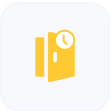

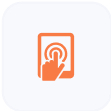
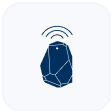
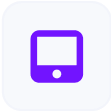
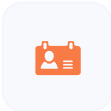
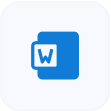
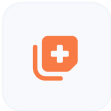

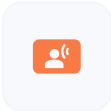
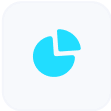

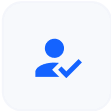
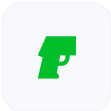



































 Support
Support  Demo
Demo  Blog
Blog 